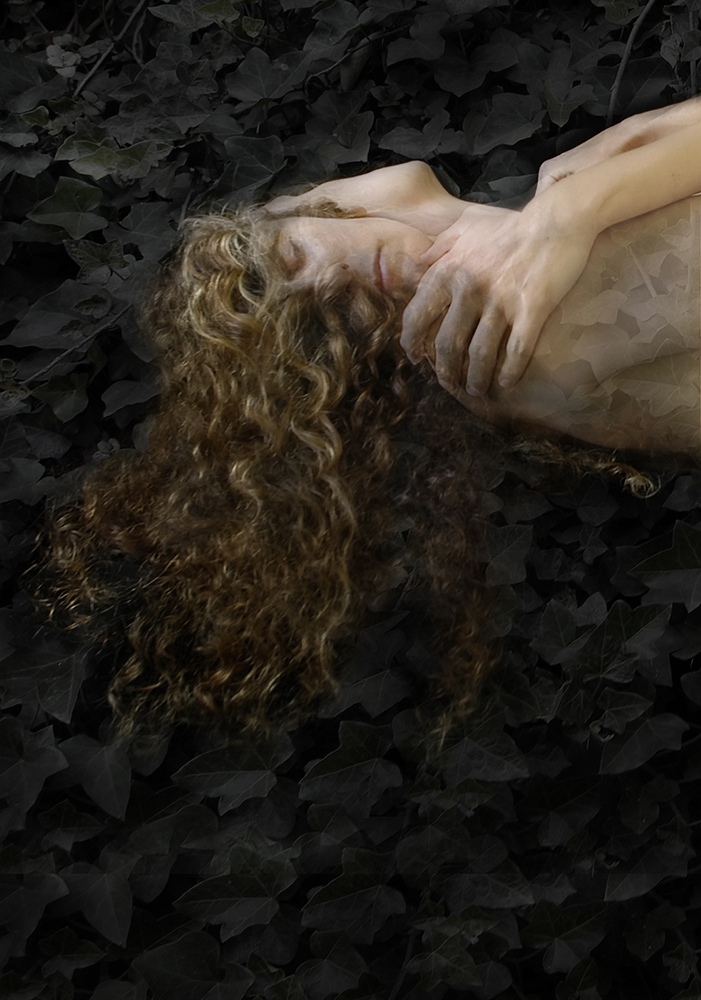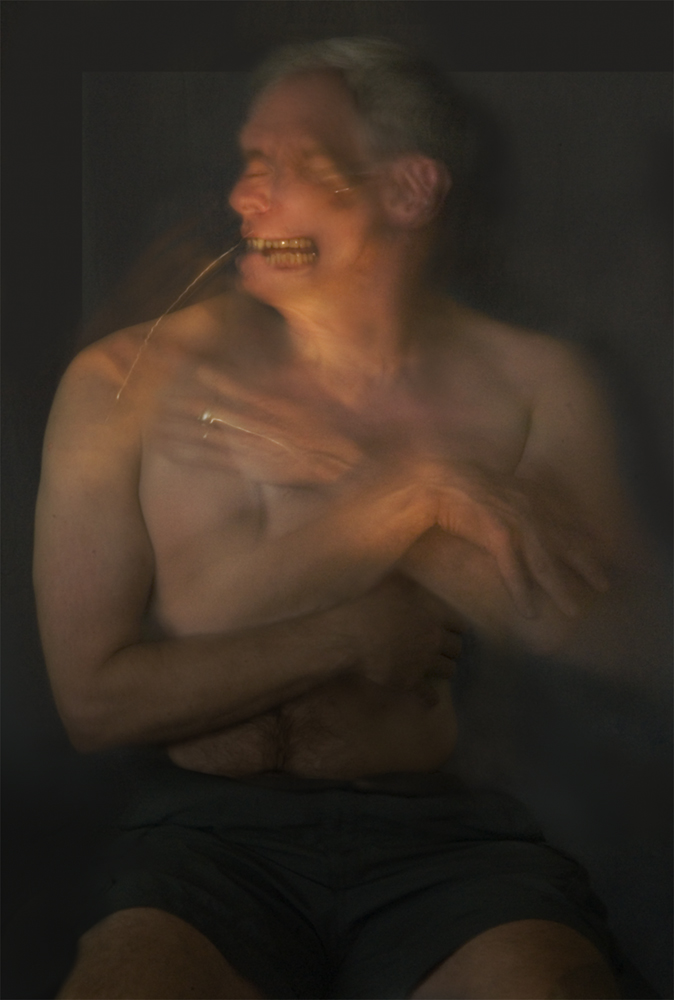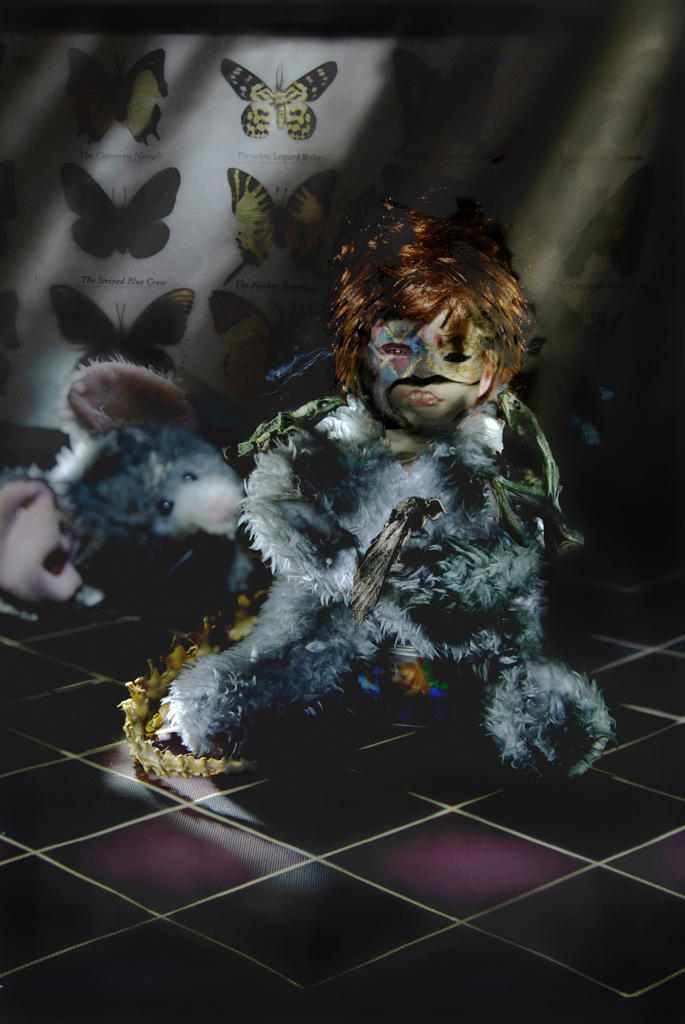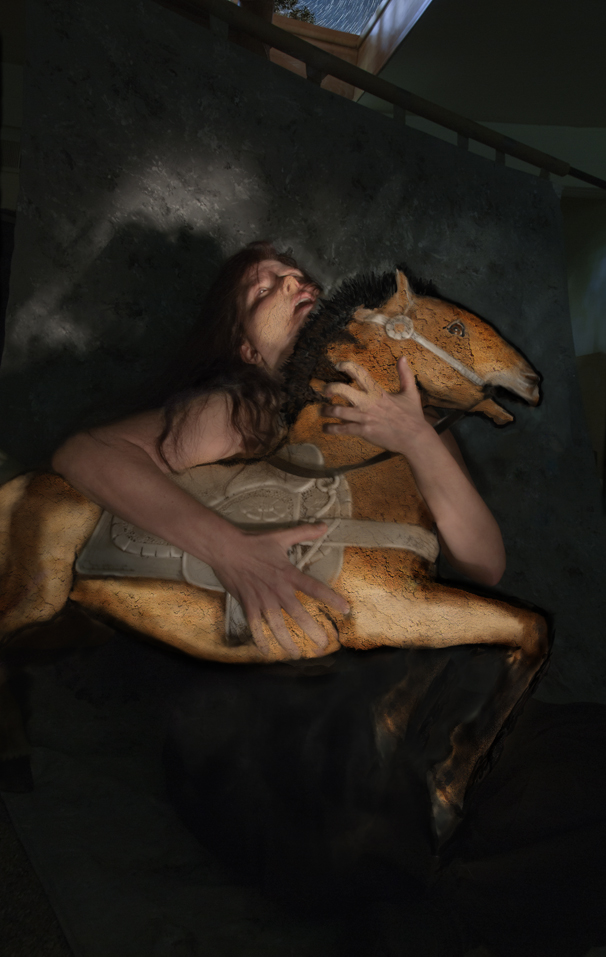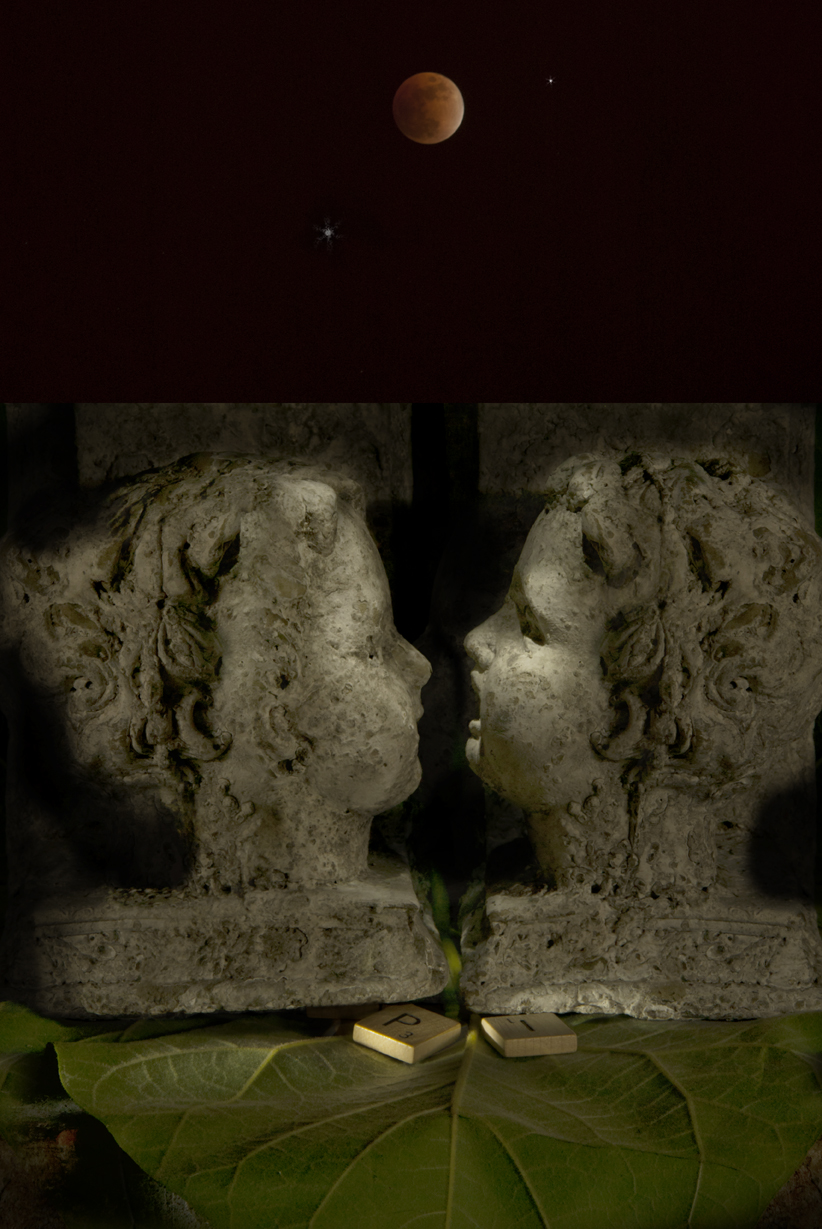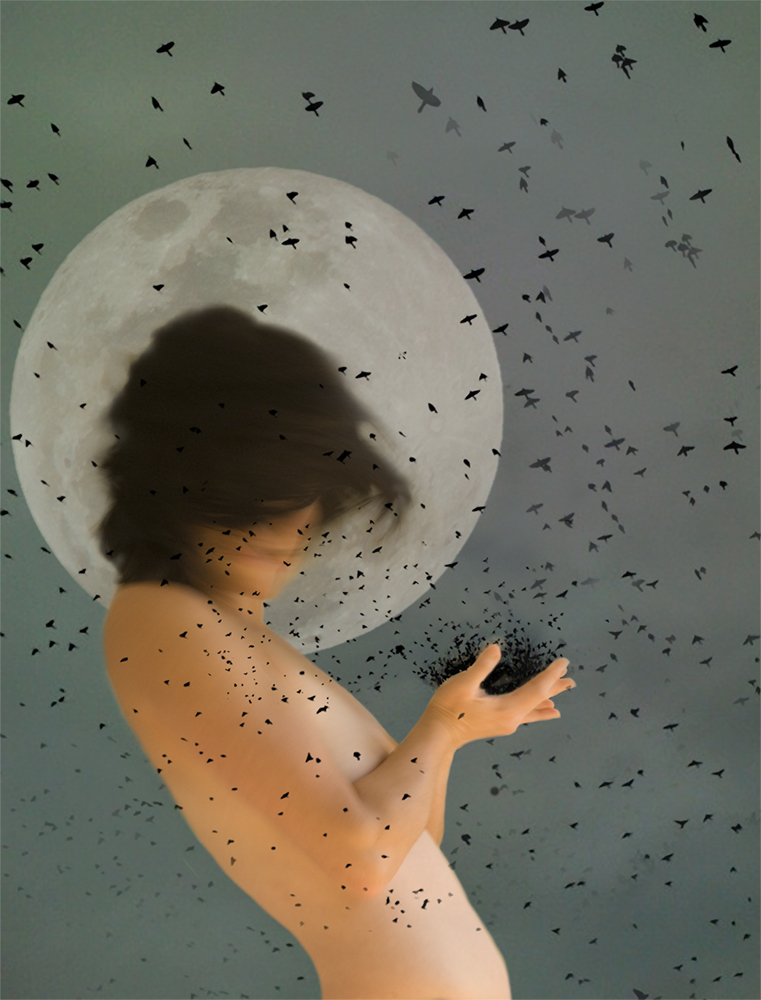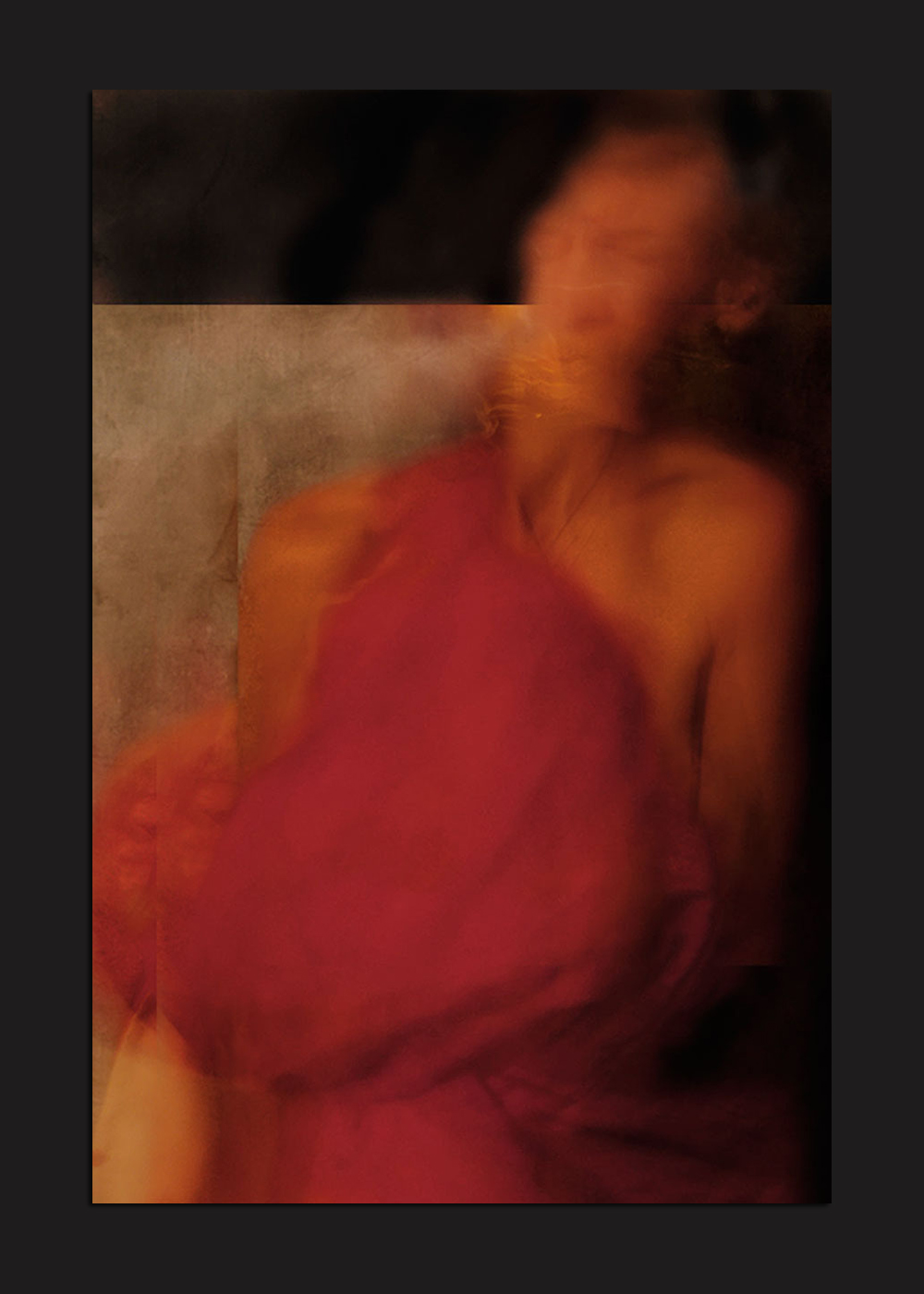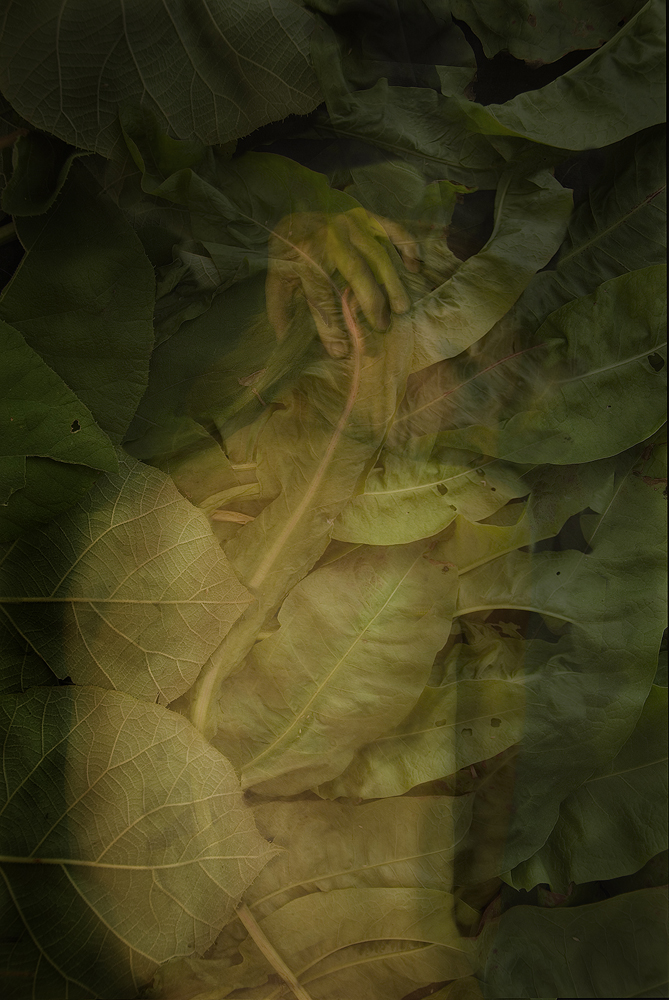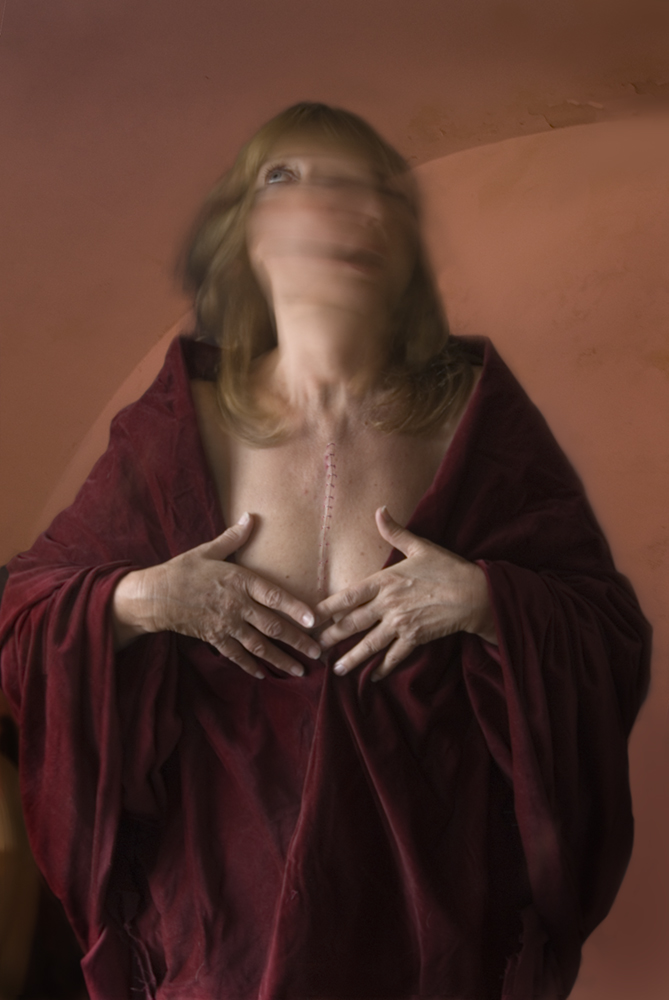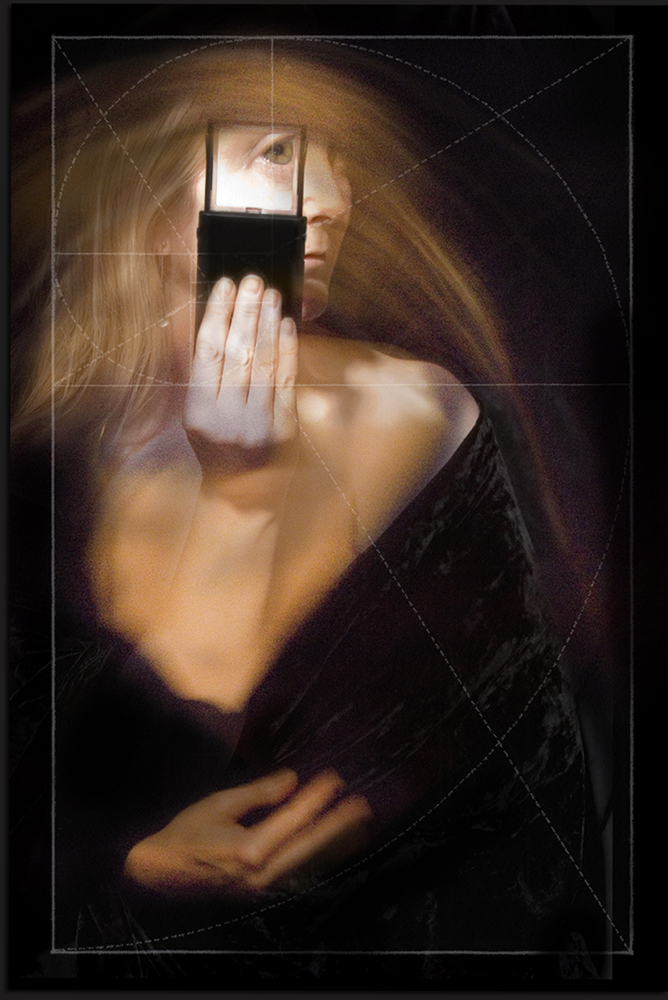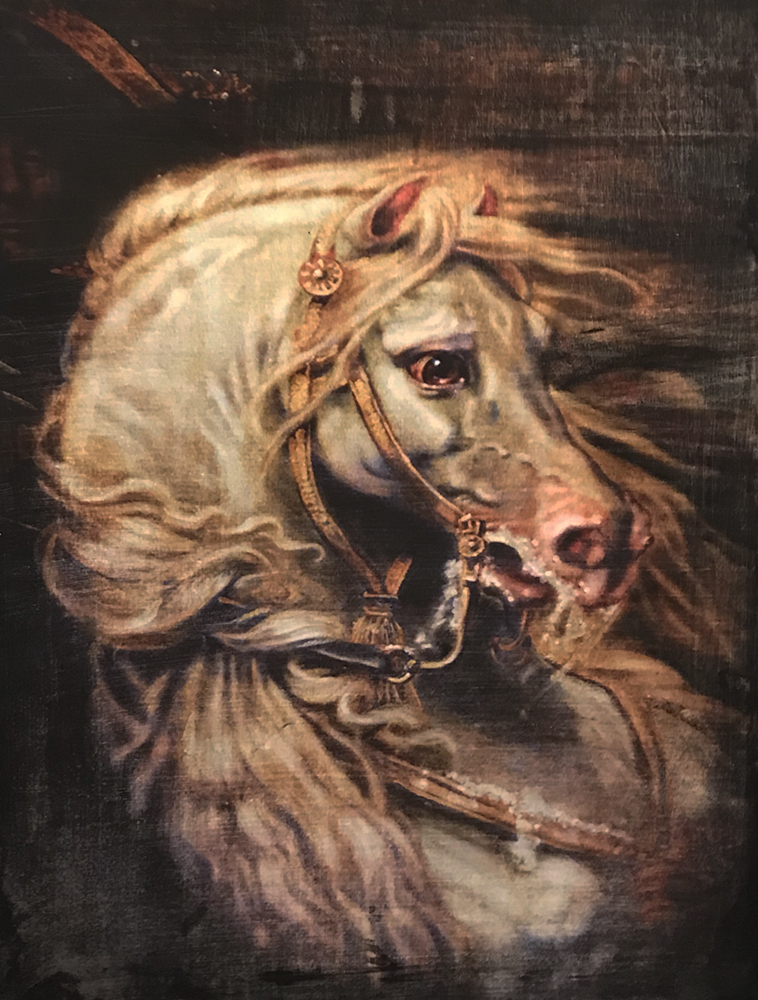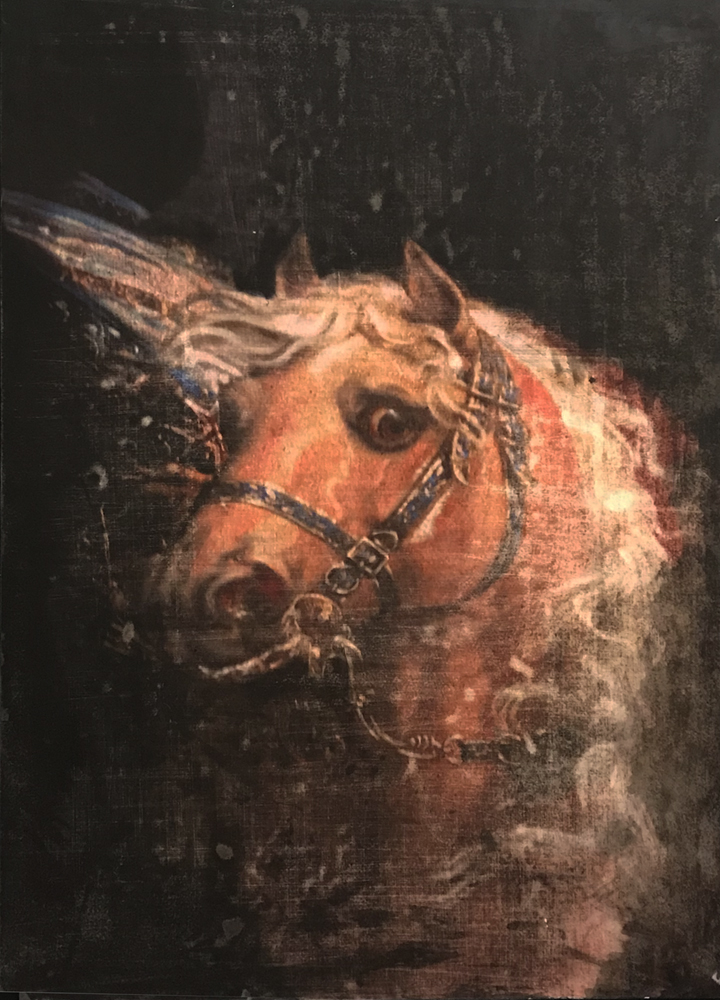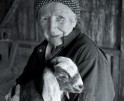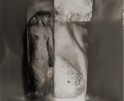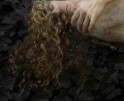Priscilla Smith: The States Project: Delaware
In April 2015, we began a road trip of sorts, traversing the American photography landscape to understand photographic regions across the country with our six year effort, The States Project. The first stop was Alaska with photographer/editor Ben Huff sharing a week of work from from the north country. We celebrated his new monograph at the time, The Last Road North, and interesting, he has just released his newest effort, Atomic Island. Over the years, we have featured artists from 50 states and this week of posts represents our 51st–States Project Editor Susana Raab convinced me that the District of Columbia needed a voice so it’s 51!
Today, we celebrate our final state, Delaware, and our Delaware editor is Priscilla Smith. Smith is a long time educator and shares a unique perspective of making work in Delaware. The state is a peninsula, surround by water, nestled into Maryland, Virginia, and New Jersey. It is the second-smallest and sixth-least populous state and one of the Thirteen Colonies that took part in the American Revolution. On December 7, 1787, Delaware became the first state to ratify the Constitution of the United States, and has since been known as The First State.
Priscilla Smith received her B.F.A.from Texas Tech University and her M.F.A., University of Illinois. Smith taught at Colgate University before joining the Department of Art at the University of Delaware. She teaches digital media, photography and video. She managed the facilities and was Area Coordinator of Photography at UD from 1992 – 2008 and contributed to an award winning Graduate Photography program. She began the department’s first Photography Internship course and Study Abroad program taking students to New Zealand in 2000. Since that time she has led numerous New Zealand study abroad programs and began taking students to Vietnam in 2009.
Smith began exploring the photographic medium as an undergraduate pre-med major. Her interest in engaging both science and photography has led to work exploring fine art and as a medical and forensic photographer. Smith incorporated this experience in work on location for National Geographic Society and Odyssey Marine Exploration when she photographed artifacts discovered in a Civil War era shipwreck. A book of her photographic illustrations of the Historic Read House in New Castle, Delaware was published in 2012.
As a graduate student her large-scale figurative photographs were recognized by critic Donald Kuspit. Smith’s current figurative work combines contemporary and archaic materials incorporating digital printmaking technology with encaustic wax process, gold leaf, and pigment. As photographic artist, she has exhibited nationally and internationally, with photography included in the collections of The Philadelphia Art Museum, Woodmere Art Museum, Munson-Procter-Williams Art Institute and George Eastman House, International Museum of Photography and Film. Smith was awarded a Lightwork Fellowship, and Delaware State Arts Council Emerging and Established Artist grants.

ˈsēkrit/
noun
plural noun: secrets
1. Something that is kept or meant to be kept unknown or unseen by others.
“a state secret”
synonyms: confidential matter, confidence, private affair;
“skeleton in the closet”
“he just can’t keep a secret”
2. Something that is not properly understood; a mystery.
“I’m not trying to explain the secrets of the universe in this book.”
I am awed by the power of secrets. There are secrets in all of us, in the core of our being. Keeping them seems to change us at basic levels. A thread that runs through my work is linked to my understanding that the lives we are living are a manifestation of the secrets we keep, and that surround us.
We face both internal and external threats from keeping, and being kept from, secrets. Impacts from personal, departmental, national, and global secrecy are imprinted on the very fabric of our perceptions and being. Intentions others may have for mining our secrets exists on a continuum. At one end, they may seek with compassion and respect to understand individual or cultural mysteries. At the other, they may strive with malice to undermine or even control our personal agency.
We learn early in life to camouflage secrets, however, they are as surely revealed by what we display than by what we try to conceal. In this work I explore the physical, spiritual and mental power of secrets. The tensions inherent in containment, the relief and even ecstasy when, at last we dissolve their hold. – Priscilla Smith
Thanks so much for taking on the Editorship of the Delaware States Project. Tell us about your growing up and how you came to photography?
As a kid, I was very interested in the natural world, science and art. As a pre-med major in college I was required to take a liberal studies course. There was only a seat open in a beginning photography class, so, I reluctantly signed up. I didn’t even have a camera. A week or so into the class I exposed my first piece of black & white photo paper in the darkroom. As I slid it into the tray of developer, I was transfixed by what I saw. And, I was transformed. I thought, I have to do this for the rest of my life.
Is there anything that defines or inspires photography/photographers in Delaware?
Delaware boasts of being a, “Small Wonder”. Indeed, its location on a feather of land between the Atlantic Ocean and the Chesapeake Bay provides incredibly rich opportunities for photographers. Be it to engage cultural, natural, historic and creative worlds in-situ or a simple day trip, in little over an hour, one can be in the mountains, on the beach, at an Amish farm auction or a bistro overlooking a sequestered bay. Its expansive ocean frontage, rich farmland and historic crucible for the nation-building of early settlers has inspired artists for several hundred years.
How did you find the artists for this week?
I looked for photographers who, like the location of Delaware, engaged subjects of the fragile yet resilient. Whether they depict the beauty of threatened coastal and estuary lands or the horror of penitence in stone-cold solitary confinement; indigenous peoples desperate to stay intact; the resilience of plants, the vagaries of chemical patina on paper and metal, to me, this is the common link of the work of these artists.
How did your project, Se-krits, begin?
A photography mentor remarked that my work seemed to depict hiding places. In investigating that thread, and the visual and psychological tensions in my work, I came to see how powerfully the concept of secrets overlayed what and how I saw, and what I was drawn to photograph. Drawing this toward a larger scale, I understood how universal and impacting personal and global secrets are to humans, continents and the planet.
Where are you gathering inspiration these days?
My recent work, “War Horses” explores the war horses in the paintings of the Galerie des Batailles, Versailles. After rushing through the gallery, along with all the other tourists, I realized I’d missed something, so I edged my way back through the exiting crowd. Once back inside, I was met by the gaze of horse after horse, battle after battle. Their eyes depicting the only awareness of the horrors wrought by the impassive commanders aboard. The riders’ identities are inconsequential as they may be any authoritarian in any history. The War Horses and their gaze, like a slap in the face, a reminder of our destiny lest we become complacent to secrets and domination.
Finally, describe your perfect day!
My perfect day simply revolves around making something in my studio.
War Horse
Posts on Lenscratch may not be reproduced without the permission of the Lenscratch staff and the photographer.
Recommended
-
Kathleen Buckalew: The States Project: DelawareSeptember 17th, 2021
-
Eric Zippe: The States Project: DelawareSeptember 16th, 2021
-
Jon Cox: The States Project: DelawareSeptember 15th, 2021
-
Alida Fish: The States Project: DelawareSeptember 14th, 2021
-
Priscilla Smith: The States Project: DelawareSeptember 13th, 2021

